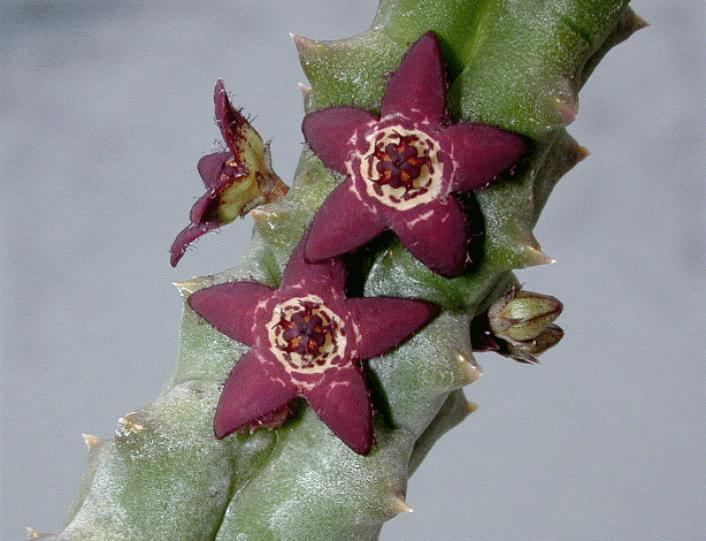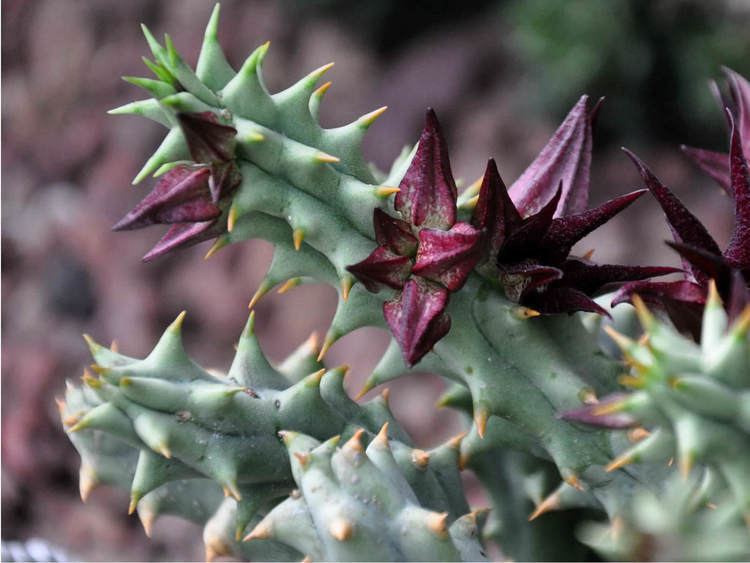


The name seems to be composed of indigenous terms: "tlaquah" (a lot) and "quaqua" (to chew), or perhaps from "tlaquacuac" (hard, hardened, petrified), because in effect, when old people become tacacos like stones. You can consume seasoning (ripe) or tender boiled in water and used in a multitude of dishes that range from salads to stuffed with tuna, standing out especially in the meat pot. The tacaco produces a white flower, and its fruit is about 2 inches long with a heart-shaped shape, much like the tip of an arrow. 'Quaquaquaqua' sounds both like 'quaquaversal,' and a bunch of untranslated French 'which's.' Quaquaversal comes from the latin words quaqua and versus (turned wheresoever), and describes something 'going off in all directions.' Quoi, is the French word for which the play 'Waiting for Godot' was originally written in french, and. It is sometimes called " pumpkin " because it belongs to the same genus as Sechium edule. Sac & Fox (Meskwaki) Tribal Council in Toledo, Iowa - 1898 Standing L-R: Nasapipyata or John Allen (Sac & Fox), Joe Tesson (Ioway), unidentified (Sac.

The edible part is a pulp contained in a fibrous bag inside which there is a crushed and bitter seed that is previously extracted. The stems are 4- to 5-angled, sharp-toothed, up to 20 inches (50 cm) long, and up to 1 inch (2.5 cm) in diameter. Quaqua mammillaris is a succulent shrub with green branched stems, sometimes mottled with purple-brown. The tacaco, Sechium tacaco, is an endemic climbing plant of Costa Rica, family of the cucurbits, and that produces an edible green, ovoid fruit, about seven centimeters in length. Tribe: Ceropegieae Subtribe: Stapeliinae Genus: Quaqua.


 0 kommentar(er)
0 kommentar(er)
